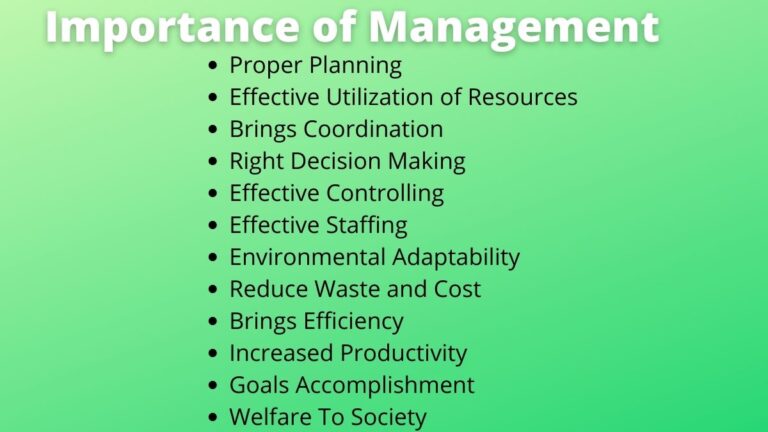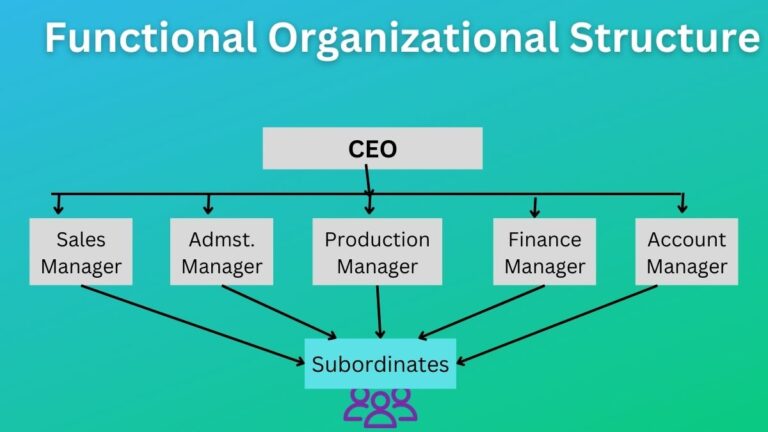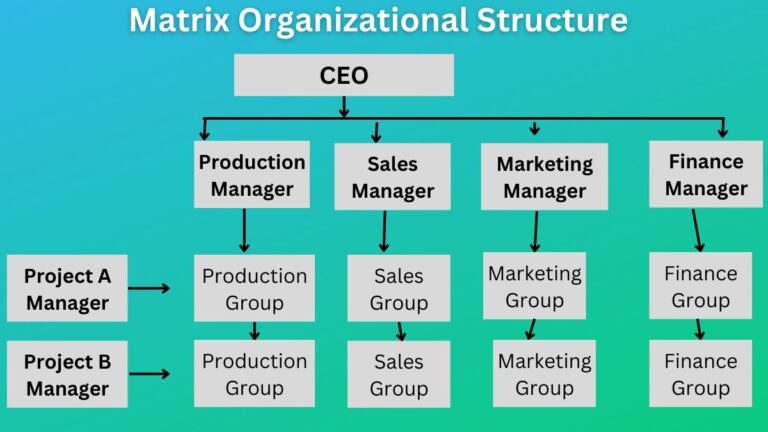What is Transformational Leadership? Definition, Components, and Pros/Cons
What is Transformational Leadership?
Transformational leadership is a leadership style that encourages, inspires, and motivates employees to bring innovation and create change that helps to grow the organization. Transformational leaders achieve this by establishing a good example at the leadership level by encouraging employee ownership, independence, and a strong corporate culture.
A transformational leader is one who encourages motivation and positive development of followers, exemplifies moral standards within the organization, and encourages the same in others, fosters an ethical work environment with clear values, priorities, and standards.
They build company culture by encouraging employees to move from an attitude of self-interest to a mindset where they are working for the common good, hold an emphasis on authenticity, cooperation, and open communication, provide coaching, and mentoring but allow employees to make decisions and take ownership of tasks.
Transformational leaders inspire their followers to change their existing interests by transcending or excelling in their own interests. Transformational leadership is found correlated with higher commitment, higher productivity, high satisfaction, and low employee turnover.
Initially, the concept of transformational leadership was introduced by a leadership expert James MacGregor Burns. Later it was further expanded by the researcher Bernard M. Bass, as such, today this leadership theory is commonly known as Bass’s transformational leadership theory.
Bass describes transformational leadership style as the leader transforming and motivating followers by making them more aware of the importance of the tasks, inducing them to transcend their own self-interests for the sake of the organization or team, and activating their higher-order needs.
Components of Transformational Leadership
While expanding transformational leadership Bass also suggested the four components that define this leadership style. They are:
Intellectual Stimulation
Transformational leaders have a growth mindset, challenge the status quo of the organization, and encourage employees to think out of the box. They encourage innovation and creative thinking among their followers.
Related: Coaching Leadership
They let employees explore new ways to do the existing tasks, as such, employees enjoy autonomy to do tasks as their own, and it often builds transformational leaders in followers themselves. As a transformational leader, you should make your employees comfortable to explore new ideas and introduce innovation in the workplace.
Individualized Consideration
Transformational leaders give personal attention to their followers. Each follower gets special and individual treatment. This leadership style focuses on individual coaching, instruction, and guidance.
Transformational leaders believe every follower is unique in the organization and everyone has specific needs, attitudes, and mentorship styles. As such, these leaders treat their followers individually and bring out the best in each of the followers.
Inspirational Motivation
Transformational leaders have a strong vision and purpose, and they are committed to it. They articulate the same strong purpose to their followers. They never use forced or negative motivation tools they are competent enough to help their followers have the same motivation to achieve the desired goals.
Related: Motivation in the Workplace
They communicate the special vision of change and share expectations. Their style of inspiration is not just limited to the formal acknowledgment of a job well done, rather they treat each employee as a valued individual.
Leaders take considerable time to understand followers and what motivates them. They communicate the importance of team efforts in a very simple way. Such acts inspire followers to be a part of the change.
Idealized Influence
One of the qualities of transformational leaders is that they lead their followers by example. They become role models for their employees. They should have authenticity in their behavior that inspires others to do the same.
The goal of transformational leadership is to favorably influence others by setting an example of trust, transparency, and respect rather than pressuring people into working hard. Transformational leaders believe that it is better to lead employees by giving an example, instead of just asking them to do so.
Also Read: Qualities of a Good Leader
Pros and Cons of Transformational Leadership
Pros:
Transformational leadership is regarded as one of the best styles of leadership. An organization may enjoy the following benefits when it adopts this leadership style.
- Higher employee commitment.
- Higher productivity.
- Greater employee engagement.
- Low employee turnover.
- Creativity and innovation in the organization.
- Loyalty and trust from the followers are gained.
- It is a proactive model of leadership.
Cons:
Despite many advantages, transformational leadership also has some drawbacks. They are;
- This leadership style is unfit in bureaucratic organizations.
- Transactional leadership may be a better option than this leadership when there need to accomplish short-term goals.
- All employees or followers might not be effective in adopting this leadership style as most of the employees tend to get direction and instructions from their leaders to complete the task.
Transformational Leadership Vs. Transactional Leadership
Transactional and transformational leadership often confuse us but they are different from each other.
Transactional leadership is a leadership style in which leaders motivate their followers through rewards and punishments. Whereas, in transformational leadership, the means of employee motivation are open communication, independence, inspiration, positive reinforcement, etc.
Transactional leadership may be effective when there is a need to increase efficiency in the organization, however, it does not foster creativity and innovation in the organization. Whereas, transformational leadership is itself synonymously known as a leadership model to motivate innovation in the workplace.
Read Next: The 12 Styles of Leadership
Sajan Kushmi is a content writer with more than 4 years of experience. He holds BIM Degree. He write on the topics related to Management, Marketing, and Entrepreneurship.






